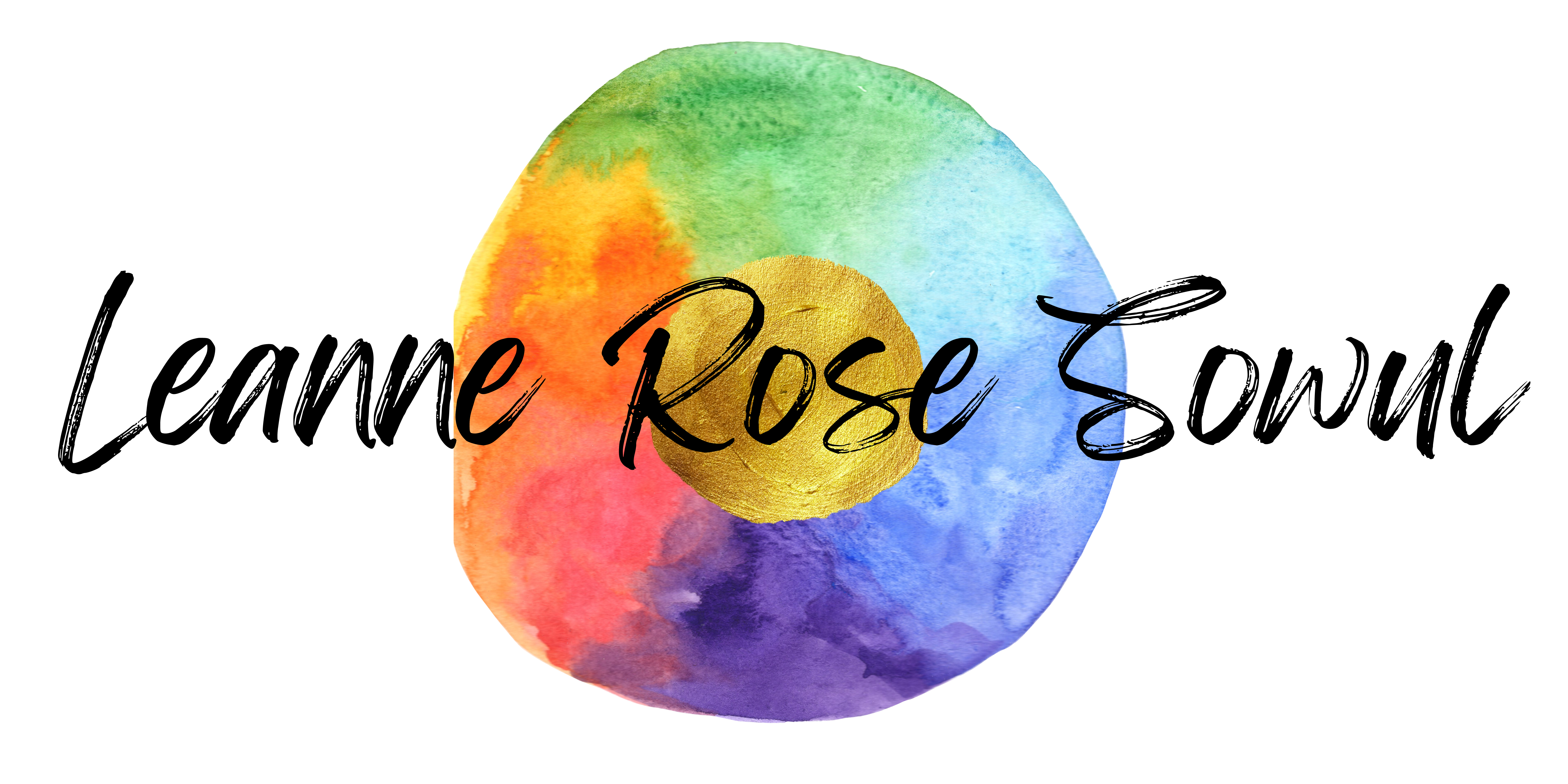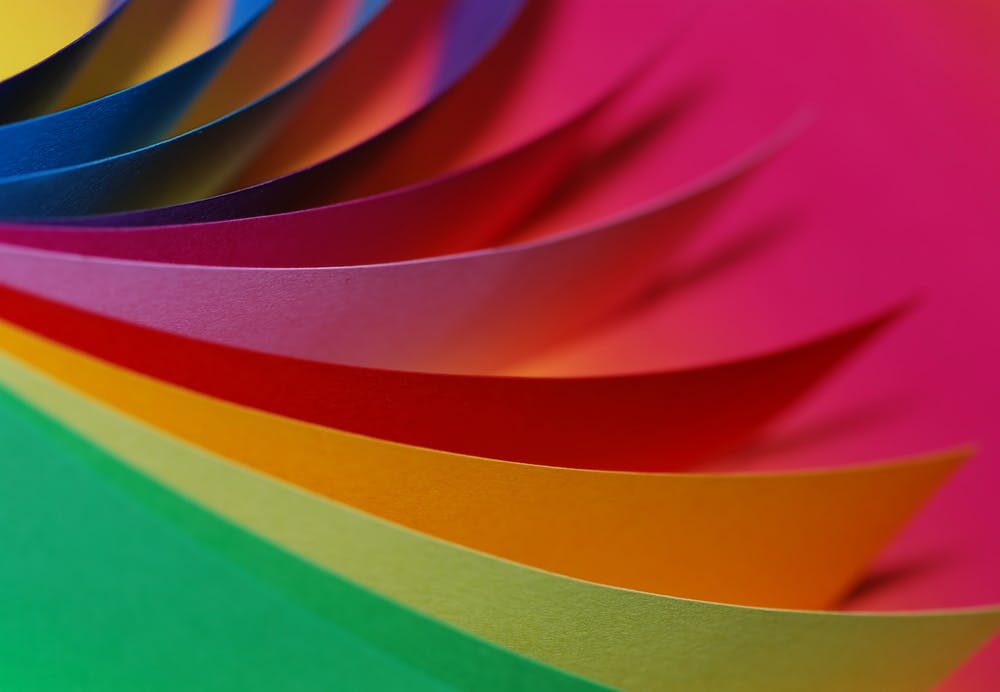 Welcome back to my 3-part series exploring creative autobiography! If you’re just jumping now, consider starting with part 1 or jumping back to the original 33 questions. Today’s questions probe deeper into creativity habits and sources.
Welcome back to my 3-part series exploring creative autobiography! If you’re just jumping now, consider starting with part 1 or jumping back to the original 33 questions. Today’s questions probe deeper into creativity habits and sources.
12. What are your habits? What patterns do you repeat?
I have a lot of healthy habits. I exercise almost every day, and do high-intensity exercise at least twice a week. I get enough sleep. I meditate daily. I write in my journal. I do daily, weekly, monthly and seasonal planning sessions to reflect and focus on personal goals. None of those might seem like they have to do with creativity, but those habits ensure I get what I need for myself in order to give creatively to others.
I also have some unhealthy habits that seem to come in waves. For example, I’m a healthy eater generally, but every once in awhile I’ll have a few days where I majorly overindulge on sugar. I also sometimes hit the snooze button. Sleep is important, but the snooze button deprives me of my most creative time of day– my writing hour. I need to put my alarm clock across the room or use my habit tracker to keep me honest about when I’m really getting up.
13. Describe your first successful creative act.
I wrote the short story “Amish Girl” for my very first writing workshop over the summer of 2010. I let the story build up in my head, and then gave it time to pour out of me. I wrote solidly for about six hours. It felt so good to give birth to that story. I did a few more drafts, but the core remained the same. I workshopped it at the last class and got great praise from my fellow classmates, as well as my teacher, J.R. Angelella, who told me to “go get that published.” It took me until the spring of 2014 to polish up the story, learn how to write a query, and find a journal to publish it, but I finally got my first acceptance. I was over the moon when I got that email. By then, I’d gotten used to the rejection emails, and wondered if I’d ever break into the writing world. It was enough to keep me going.
14. Describe your second successful creative act.
I suppose that would be the article I pitched to Hudson Valley Parent that same spring about sleep training. I had done a ton of research on the topic during the first nine months of my son’s life, and thought I could be a good authority. I successfully pitched the article, over-zealously interviewed several friends who were eager to help me and talk about their sleep training war stories, and got paid for my first nonfiction work. I think I did a decent job, too. I wrote a second article for HVP the following year, but I was angry when the editor added significant content– including an outside quote– without telling me, so I haven’t pitched since. Maybe it’s time to swallow my pride.
15. Compare them.
Well, one was fiction and one was nonfiction. But for both, I did research; for both, I started with an above-average knowledge base, and for both, I found an interesting angle. Other than that, they didn’t have much in common, which in itself is telling. I’m interested in writing about so many things and in so many forms. It’s very hard for me to pick a lane and stay in it. I wrestle with that constantly: the idea of being all the things that I want to be and writing all the things that I want to write. The world seems to want creative people to project one message in one format at a time, so that the creative person can be easily defined. It’s hard to break out of that box, and maybe even unwise to do so if you’re still below the peak of your career.
16. What are your attitudes toward: money, power, praise, rivals, work, play?
Money: It’s necessary for feeling secure. Beyond that, any expendable income should be used to buy experiences for myself and my loved ones.
Power: Power is in the words I write and speak and think to myself; it is in my personal message.
Praise: Wish I didn’t care about it, but I do.
Rivals: Can be useful to push me forward, but I don’t have the stomach for a big rivalry.
Work: I love work. I love projects. I never want to stop working, because working is thinking and creating and interacting with people.
Play: Work is play for me. But I need to get better at actual play, too.
17. Which artists do you admire most?
Laura Vanderkam. L.M. Montgomery. Seurat. Degas. Miles Davis. Felix Mendelssohn. Johannes Brahms. Louis Armstrong. Katherine Hoover. Gabriela Periera. Fredrik Backman. Jane Austen. J.K. Rowling. Gail Collins. Jill Lepore. Gretchen Rubin. The writing teams at Disney Pixar. Aaron Sorkin. Paul Simon. J. Courtney Sullivan. Laura Hillenbrand. My sister, Kaitlyn Guay, and Elements by Kaitlyn.
18. Why are they your role models?
At first look, it’s difficult to figure out what these artists have in common. They are mostly writers, but writers of all stripes, from fiction to history to self-improvement; they are also painters and composers, musicians and designers. But there is one vital thing that connects all of them. All of their art connects the individual to larger sociological and historical context. It is inclusive. It has meaning beyond the self.
These artists help me see and feel the connective tissue between other people and myself. It shows me where I am different, and where I am the same. It broadens my perspective. It fulfills the need that I have– that all humans have– to belong.
Note: I would never have come to this meaningful revelation if not for Twyla Tharp’s writing on zoe and bios. If you’re a creative person too, I highly recommend reading The Creative Habit.
19. What do you and your role models have in common?
I seek to write in the same way. Whether I’m telling one person’s story or dozens, I need my writing to have a lasting hook that challenges my readers to step out of their own lives and connect themselves to a bigger historical/societal theme.
In fiction, I write about events that had deep and lasting impact on America. I write them from individual points of view, but the theme is always related to that moment in society, the mistakes humans make, and how we can be better. (The one time I didn’t make this connection was the only book I consider a failure.)
For nonfiction, it’s my ambition to one day be a self-improvement guru of the Vanderkam/Rubin ilk. Ironically, I love self-improvement because I think it’s completely mis-titled. When you improve yourself, you also improve the world, because you grow your capacity to give yourself to the world.
20. Does anyone in your life regularly inspire you?
My children. My band students. Everyone in my endlessly creative family, including my Grandma Evelyn, who died ten years ago next month and is somehow still with me, creating.
21. Who is your muse?
I am my own muse. My muse is the part of me that is the source of my creativity. I have to believe that my creativity comes from within. That’s just how it works for me.
22. Define muse.
Some people call it God.


One thought on “My Creative Autobiography, Part 2”